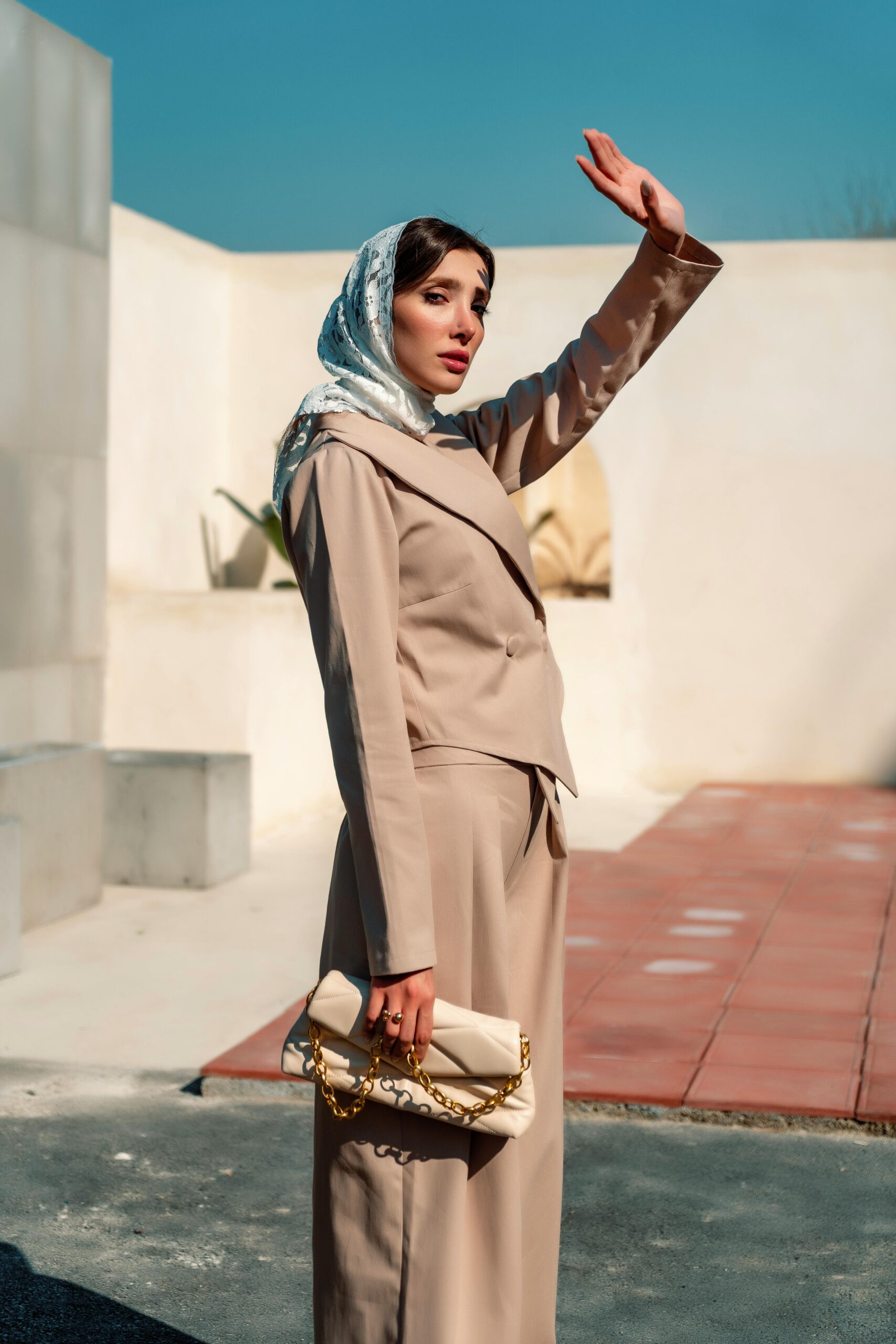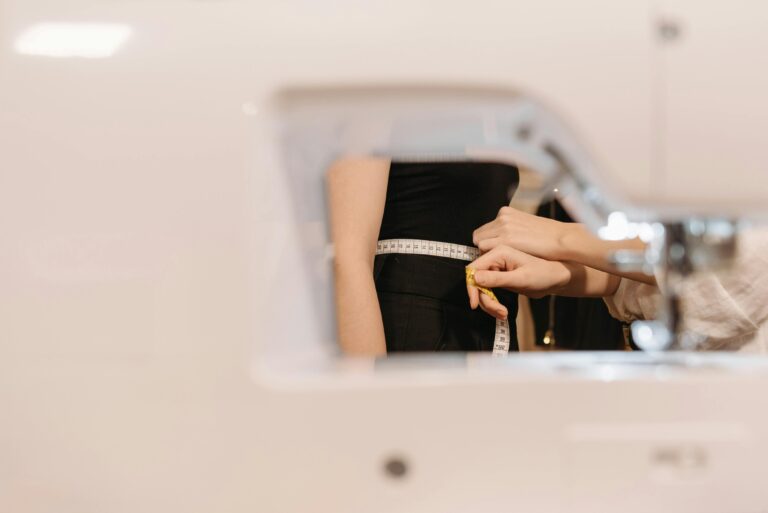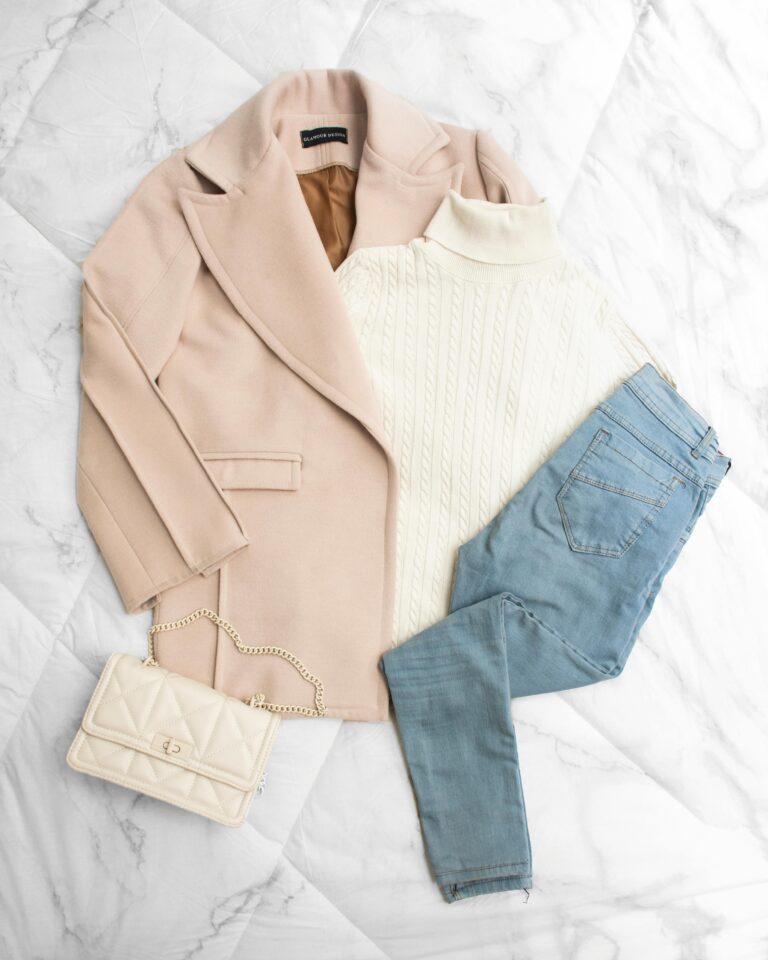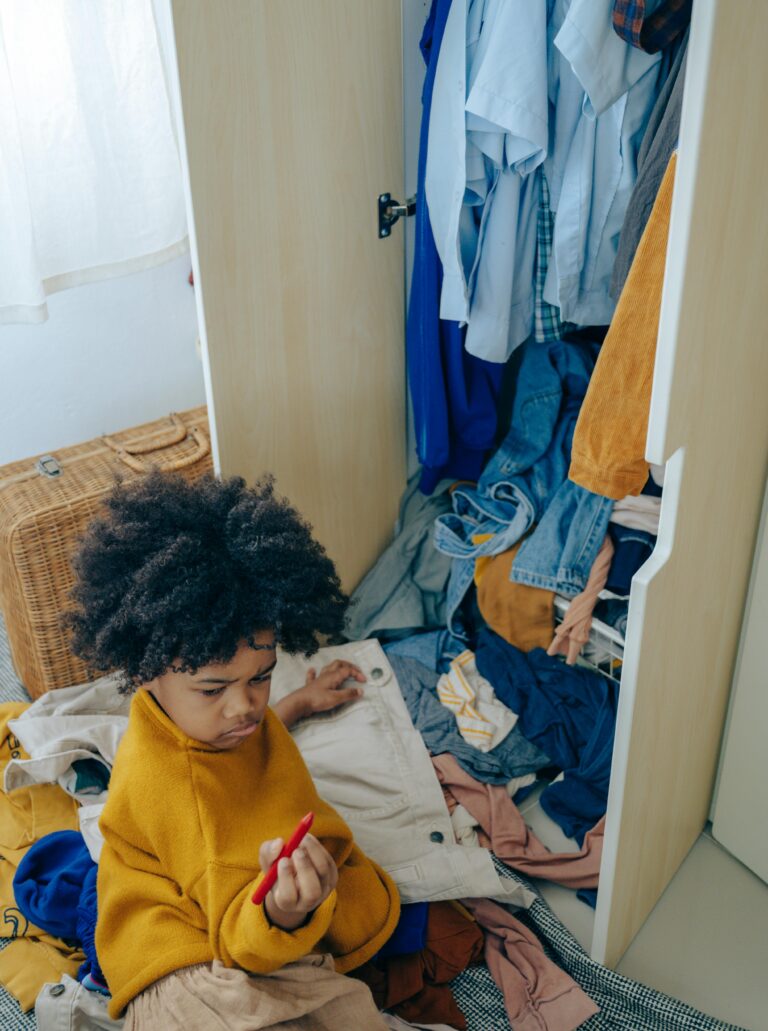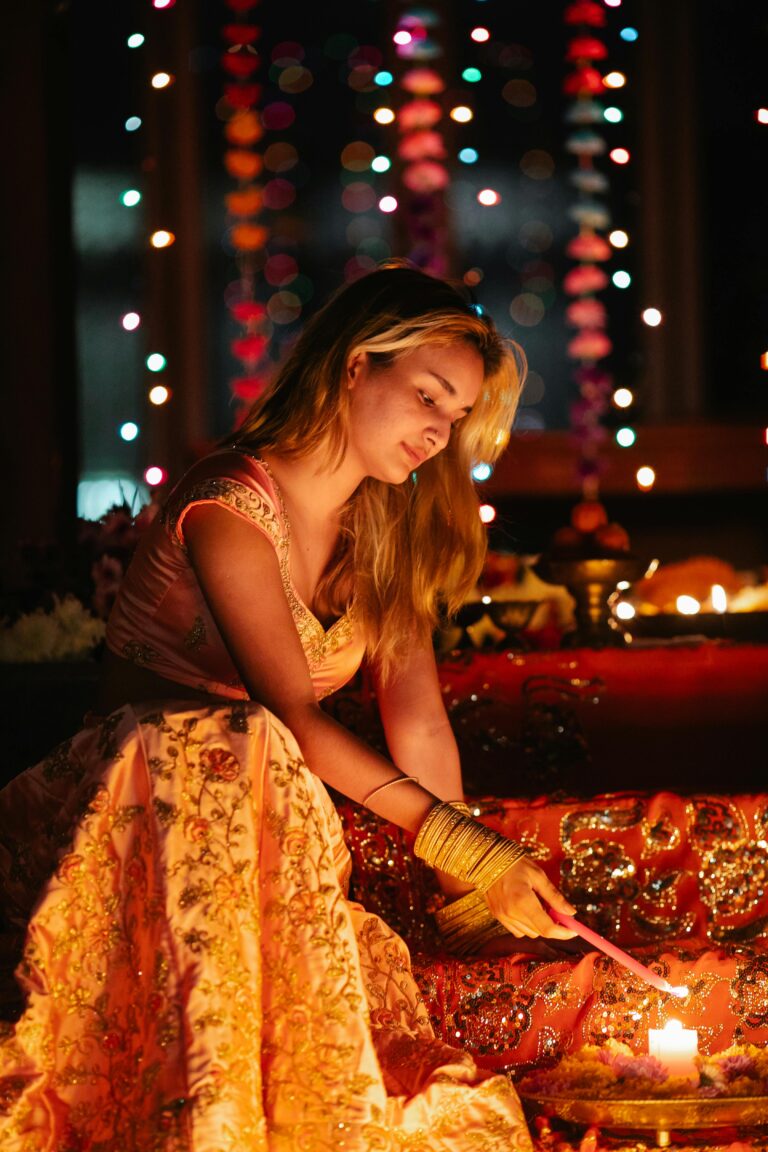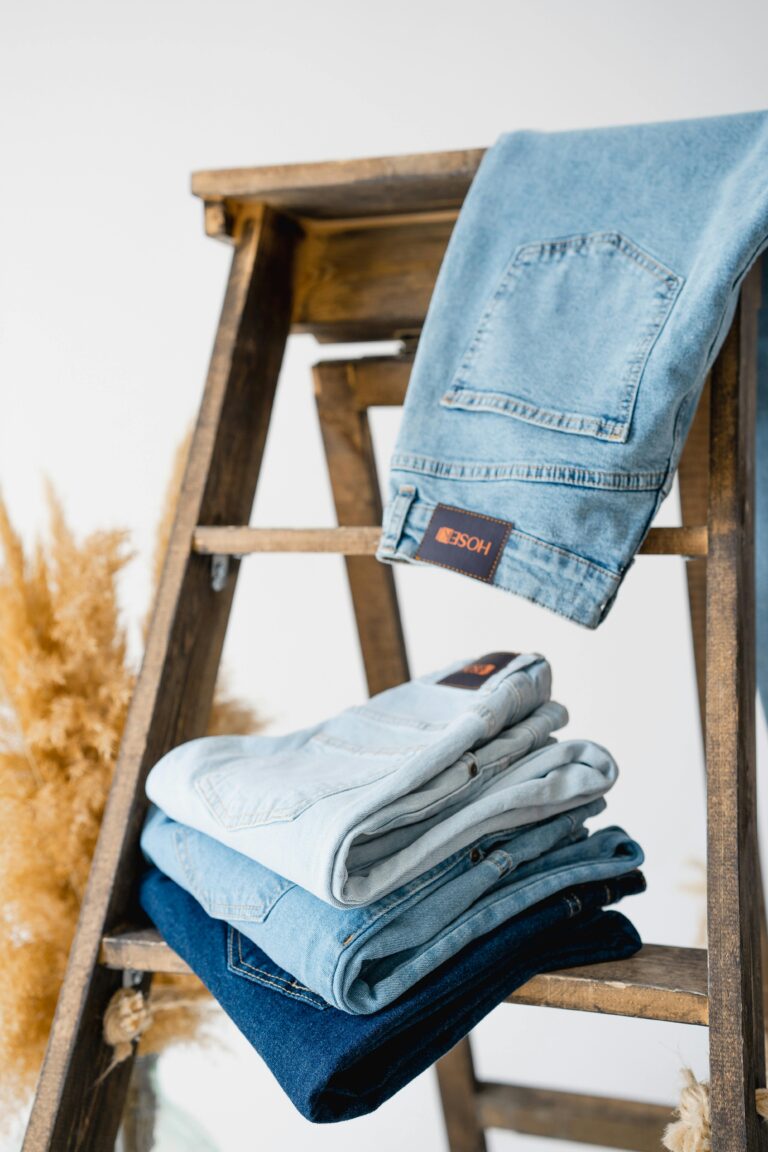How to Look Expensive: 6 Principles of High-Impact Style
‘Expensive’ Is a Form of Communication, Not Consumption
The common approach to looking ‘expensive’ is a mistake. It’s a clutter of logos and loud trends, a frantic attempt to signal wealth that instead exposes a lack of cohesion. That is not a strategy; it is stacking without thought.
Let’s be clear: there is no single “style” of being expensive. The real art is in looking deliberate, polished, and put-together. It is a form of non-verbal communication. It’s not about the logos on your clothes, but the care you take with them, and by extension, with yourself.
The Core Principle: The Psychology of ‘Visual Quiet’
The foundation of this language is ‘Visual Quiet.’ In a world of sensory overload, true luxury doesn’t shout. It whispers. It’s a state of being where an outfit feels calm, edited, and cohesive, not chaotic or distracting. Each piece has a clear purpose, elevating the whole rather than competing for attention.
The human brain is wired to seek clarity. A clean, structured look feels resolved, and the brain instinctively perceives this “visual quiet” as more valuable. True visual quiet isn’t just about what you include, but what you edit out. Negative space is the ultimate luxury. A clean wrist or an unadorned neckline signals confidence, allowing the well-chosen pieces you do wear to take centre stage.
The 6 Principles of Polished Style
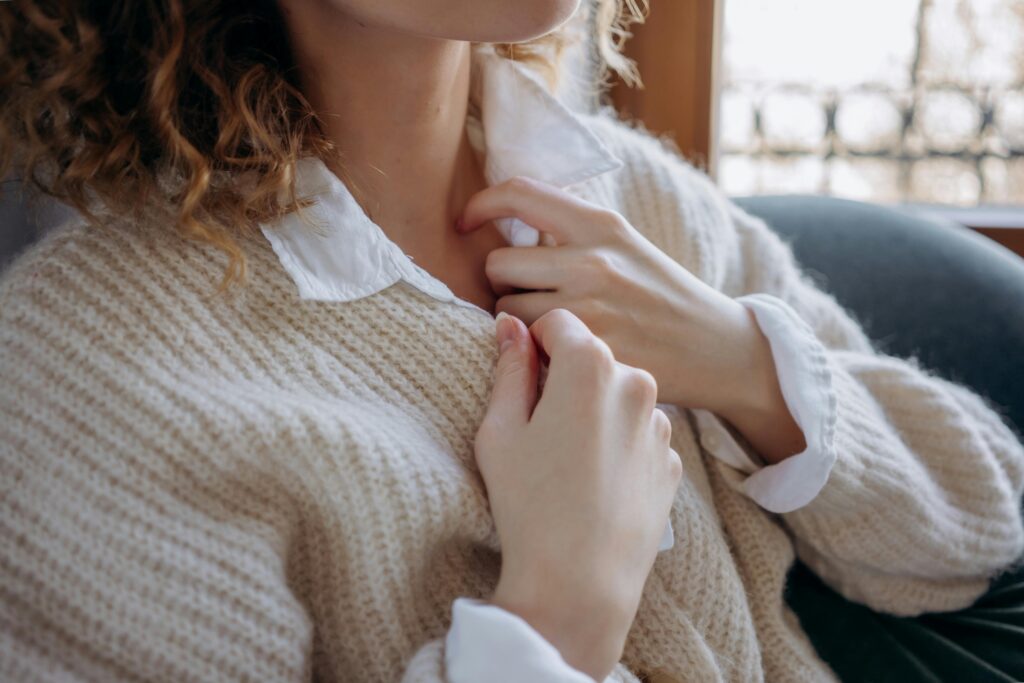
1. The Singular Palette: The Power of Monochrome
A monochromatic look, built from varying tones of a single colour, creates a sharp, clean, slightly mysterious line. The secret is to mix fabrics within your chosen colour, adding a rich dimension. Its true power is psychological. The streamlined look reduces the brain’s cognitive load, allowing an observer to focus on details that signal quality: the tailoring, the fit, the fabric. It registers immediately as intentional and controlled. On a personal level, choosing a colour that resonates with your identity is an act of self-assurance, projecting a quiet sense of inner alignment.
2. The Language of Texture: Adding Sensory Richness
Luxury begins in the senses. On a budget, this means prioritising fabrics that have a sense of weight and a natural-looking drape, while avoiding synthetics that look thin or have a cheap, high-gloss shine. A matte-finish knit, a substantial cotton blend, or a fluid viscose can create a rich visual landscape that looks far more expensive than it is. This intentional pairing signals that you value the sensory experience of your clothes, a hallmark of luxury.
3. Architectural Fit: The Impact of a Sharp Silhouette
An ill-fitting garment is visual neglect. A garment that is perfectly tailored to your body, however, is the ultimate signal of self-awareness. Think of the CEOs and powerful figures you see in films; they are always in impeccably tailored clothes. Why? Because a precise fit gives an immediate and undeniable authority to your look. Even the smallest tweak, like ensuring a sleeve or a trouser hem hits at the perfect point, can make an inexpensive piece look bespoke. This is the single most powerful investment you can make in your clothes.
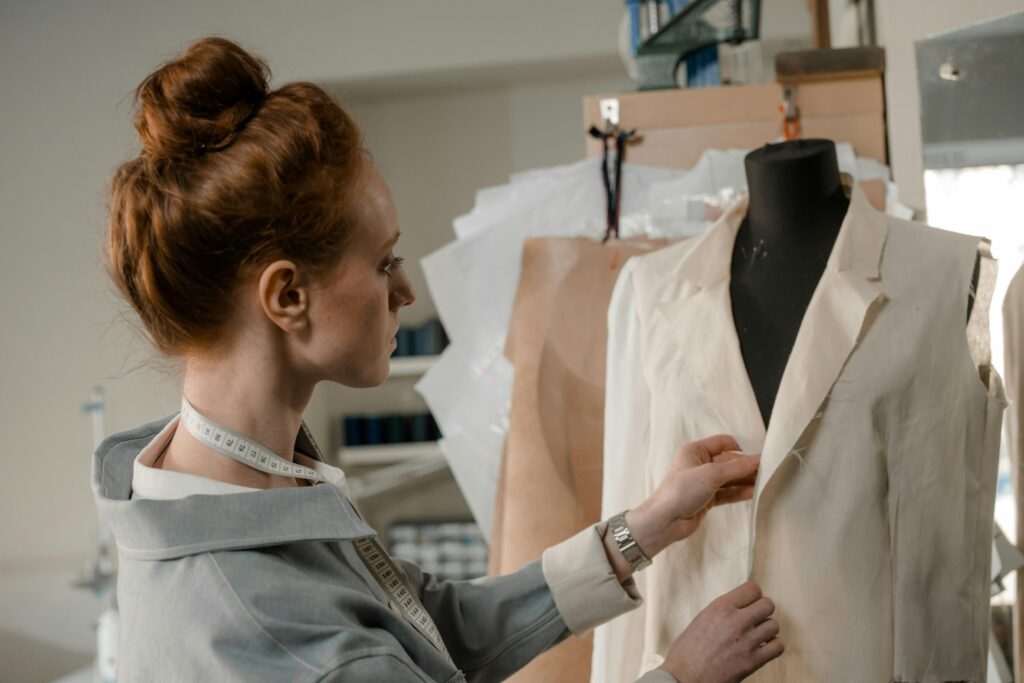
4. The Signal of Care: From Your Clothes to Yourself
This is the most democratic tool for looking expensive. Wrinkles subconsciously signal haste and disorganisation. A smooth, crisp finish, on the other hand, communicates self-care and a meticulous attention to detail. This care extends beyond the wardrobe to the body. Meticulous grooming is the foundation of polish: clean hair, cared-for nails, fresh skin. It is the most intimate form of self-respect.
5. Strategic Framing: The Power of a Great Outer Layer
The outer layer is the frame for the outfit. A beautiful frame can make even the simplest canvas look like a work of art. A great coat or blazer creates instant authority, giving visual structure that elevates everything underneath. The two non-negotiable details are the shoulders, which must fit perfectly, and the fabric, which should have a sense of weight and quality. This single piece has the power to pull an entire look together, making you appear composed and prepared.
6. The Anchor of Structure: The Role of a Good Accessory
Accessories define the strength of an outfit. A slouchy, shapeless handbag may feel at ease, but it projects a lower quality and fleeting style. A structured accessory, particularly a handbag with clean, architectural lines, reads as more substantial and permanent. It looks more polished and professional, instantly elevating your entire look. Minimal, deliberate jewellery has a similar effect, adding a point of focus without creating visual chaos. Structure signals quality and longevity.
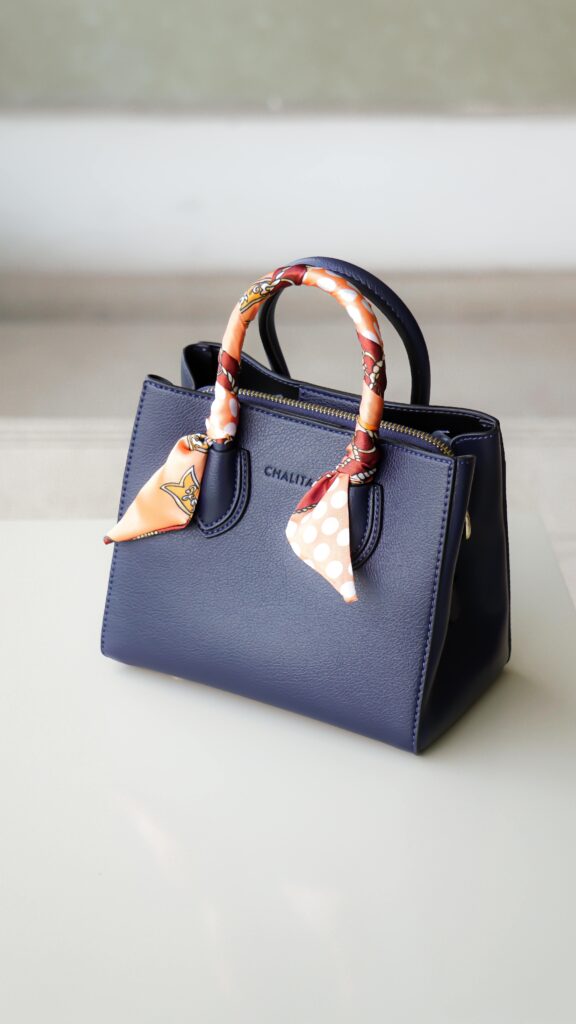
Conclusion: Confidence Is the Result, Not the Requirement
Confidence is powerful. But it is the finishing touch, not the foundation. You cannot simply decide to be confident in an outfit that feels wrong.
True, unshakable confidence is not the starting point. It is the outcome. It is what you earn by implementing these principles. The goal is not to “look rich,” but to feel invaluable. When you dress with intention, when your clothes are cared for, when they fit your body, when they communicate quiet control, you begin to carry yourself differently. You look and, more importantly, feel prepared, polished, and powerful. That is the true meaning of expensive.
